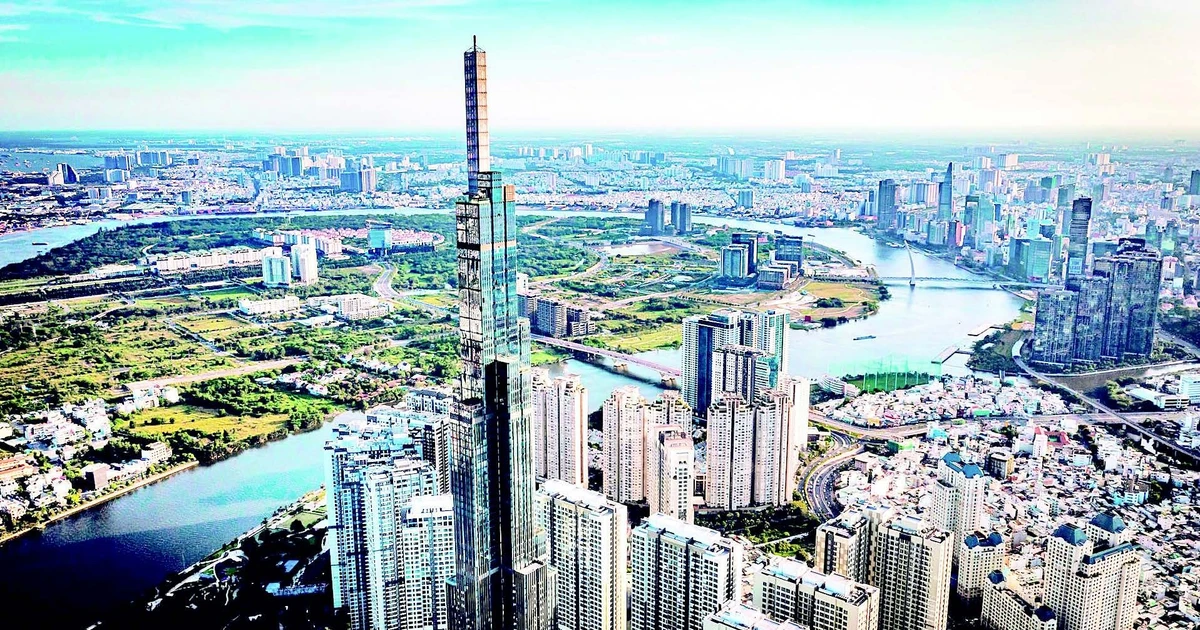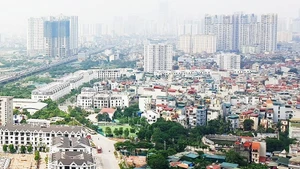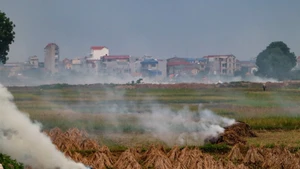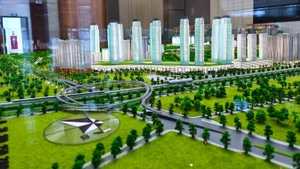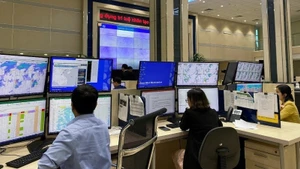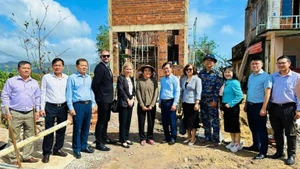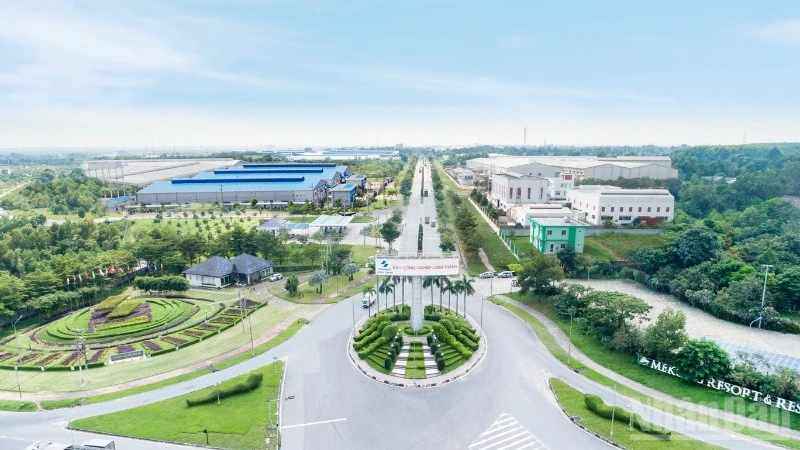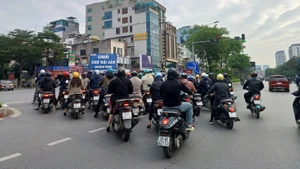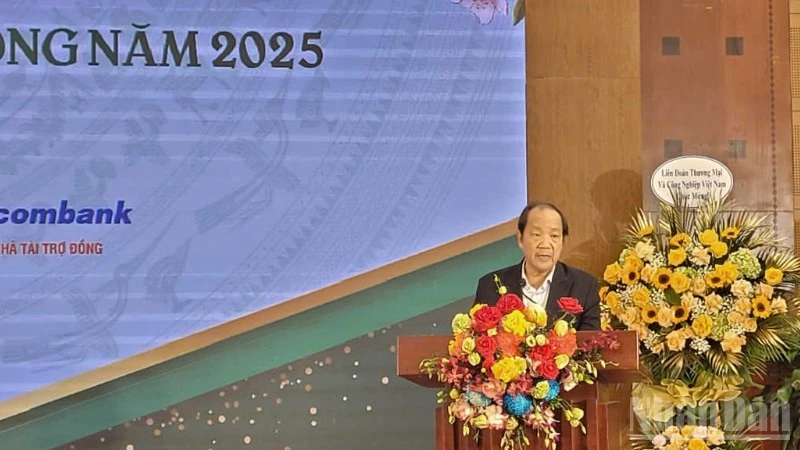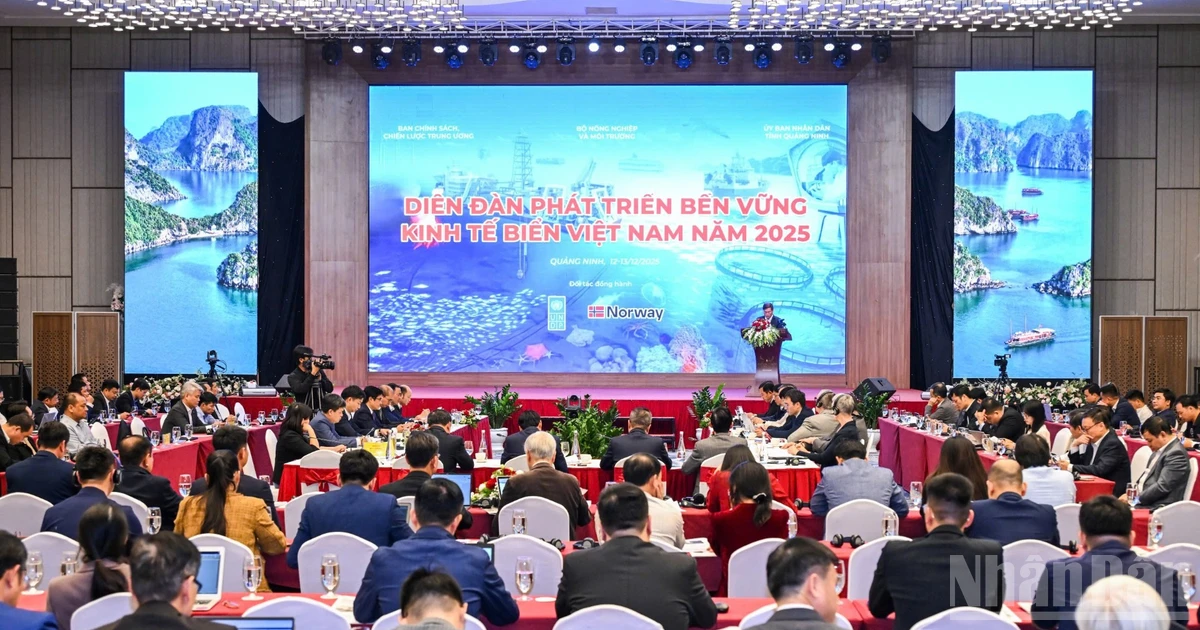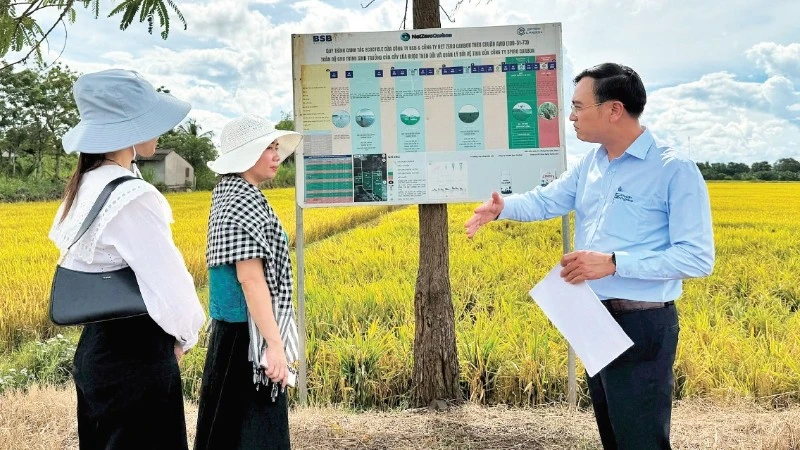The transition to a circular economy is not only an opportunity for the city to achieve fast and sustainable development but also a fundamental shift towards building a green economy.
Falling short of expectations
Aiming to build a smart city and foster rapid, sustainable development the city has in recent years focused on implementing solutions for developing the circular economy and sharing economy, in line with digital economic trends, the Fourth Industrial Revolution, and practical development needs. However, according to experts, this remains a major challenge, as the city currently only has a few isolated circular economy models and lacks pioneering models capable of creating breakthroughs to drive the green economy forward. Specifically, the 3R model (Reduce, Reuse, Recycle) is considered a basic approach to the circular economy, focusing on three activities: reducing goods consumption and resource use; reusing products; and recycling and circulating resources. In Ho Chi Minh City, the 3R model was launched in 2006 and reintroduced in 2018 through pilot programmes on waste sorting at source in selected areas, helping raise public awareness about the 3R concept and leaving a certain mark on the community’s environmental protection efforts.
Additionally, the city has organised various activities and programmes to reduce environmental pollution in multiple formats, forming an important foundation for developing the circular economy. Notably, the city launched the campaign “Residents of Ho Chi Minh City do not litter streets and canals – for a clean city and reduced flooding”, which helped raise public awareness of environmental protection. As a result, nearly 630 waste hotspots have been eliminated, including 74 sites transformed into community spaces (sports grounds, flower gardens, parks...). Experts believe that despite many efforts, circular economy activities have yet to form a distinct trend, as most are still at the initial stage, stemming from environmental protection efforts rather than being established economic activities that generate tangible benefits to promote the green economy.
Nguyen Duy Anh Dong, from the Institute of Political, Social, and Scientific Research, University of Economics Ho Chi Minh City, noted that to truly become a green and sustainable urban centre, the city needs a strategic roadmap and vision, along with close and synchronised coordination between relevant agencies and sectors. These are essential conditions for the city to make a “leap”, turning challenges into opportunities and affirming its leading role in Viet Nam’s green development journey.
Science and technology as a catalyst
The transition from a linear to a circular economy is becoming a global development trend and is considered a key priority in national development policies in many countries. In the context of Viet Nam in general and Ho Chi Minh City in particular, which are facing resource depletion, environmental pollution, and climate change, as well as the necessity to participate in global supply chains, the circular economy has been identified as an optimal solution towards a green economy and sustainable growth.
Especially in the context of the Fourth Industrial Revolution, science and technology play an essential role and are the foundation for promoting circular economy development. According to Le Thanh Minh, Deputy Director of the Department of Science and Technology of Ho Chi Minh City, for science and technology to truly become a driver in building circular economy models that serve socio-economic development, there must be a clear legal framework for the formation and development of the circular economy, from the Party’s guidelines to the State’s laws.
At the same time, implementing the circular economy must be closely linked to technological development and the digital economy; promoting technological innovation is also a crucial factor determining the success of circular economy application. Therefore, actively researching and creating alternative technologies is a particularly important focus. New technologies will help implement circular economy models more effectively, reduce pollution, conserve nature and biodiversity, and prevent overexploitation of resources.
Experts also believe that circular economy development must be based on sectors and fields in which the city already has or is implementing models aligned with the circular economy approach. From there, suitable additions and adaptations can be made for each sector and field, from pilot stages to scaled-up implementation. Circular economy should not be implemented en mass or as a trend, but must be based on careful research and proper assessment of the sectors most capable of effective application, within a comprehensive overall strategy for circular economy development in the area. The city also needs to create mechanisms that establish market incentives based on investment efficiency criteria, encouraging businesses, particularly in the private sector, to strongly invest in areas related to the circular economy. Mechanisms and policies are needed to support the development of clean technologies, and the reduction, reuse, and recycling of waste, where waste must be viewed as a resource in both production and consumption.
Associate Professor, Doctor Nguyen Hong Quan, Director of the Institute for Circular Economy Development, Viet Nam National University Ho Chi Minh City, asserted that innovation associated with the circular economy in Ho Chi Minh City will contribute to building and developing a truly effective innovation and start-up ecosystem to address sustainability issues and drive green economic development. In this regard, several solution groups should be implemented: creating new markets to promote green start-ups; building a green innovation start-up ecosystem for the city; and formulating policies to create new markets for green products, services, and processes, as well as funding and support policies for green technology transition through green finance sources for enterprises.
